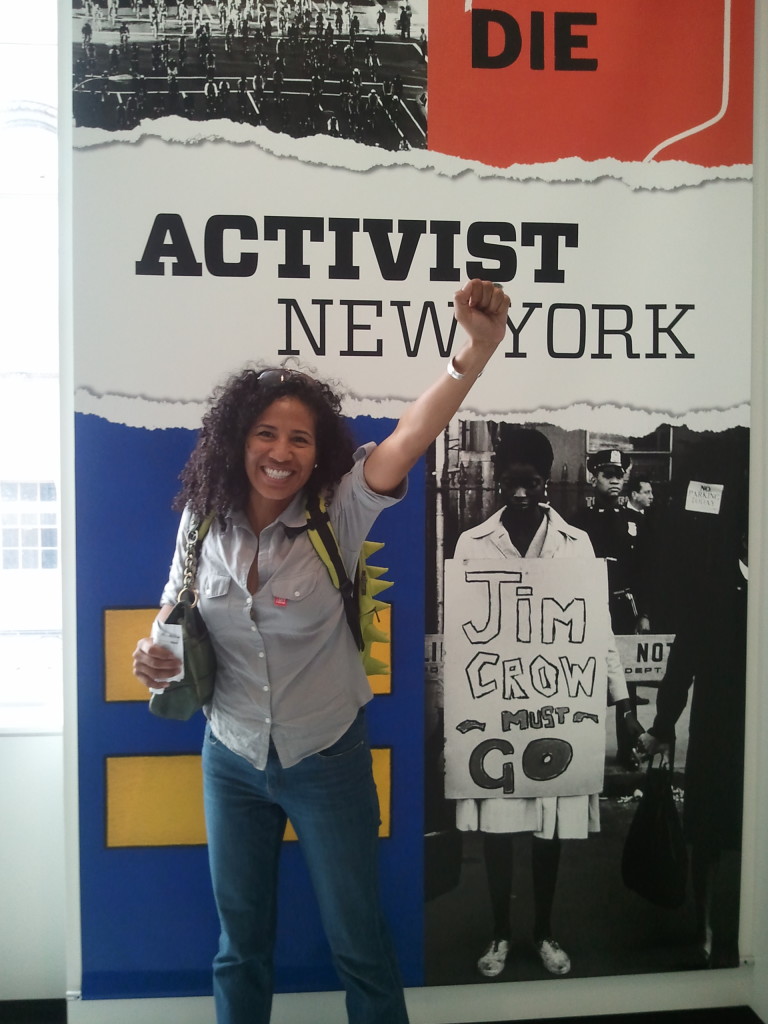Reference
Pinto Alicea, I. (1995, Sep 15). RESEARCH: The state of Hispanic education. The Hispanic Outlook in Higher Education, 6, 10. Retrieved from http://search.proquest.com/docview/219213390?accountid=41434
Pinto’s (1995) article “The Hispanic Outlook in Higher Education” focuses on Hispanics and teaching positions in higher education. The numbers are growing with Hispanic women making the most progress with regards to becoming full-time faculty at colleges and universities (Pinto, 1995, p. 1). The author points out the good the and bad with regards to Hispanics working at higher institutions as members of the teaching faculty. The numbers continue to trend upwards in terms of progress being made, but the author goes on the immediately compare this progress to drop-out rates.
Pinto references an American Council on Education report. Pinto (1995) here describes some of the data found in the report: “The report also found that the Hispanic drop-out rate in 1993 was 27.5 percent, nearly four times the rate for whites. Hispanics comprised 29 percent of all dropouts even though Hispanics account for only about 12 percent of the 16- to 24-year-old population” (p. 5). Factoring in the rising population rates of Hispanics in America, this data is troublesome. As their population grows, much too large a portion of it is dropping out of schools. This is not trending well to say the least, and though major strides are being made, again, especially in terms of Hispanic women in higher education institutions, the overall data needs to begin to reverse itself or slow dramatically. Still, Pinto does a nice job of describing the heartening trends of Hispanic women in education. Pinto (1995) writes, “Latinas accounted for much of the increase in doctorates conferred to Hispanics. In 1993 alone, the number of doctoral degrees received by Hispanic women jumped 12 percent compared to 2.9 percent for Hispanic men. Although Hispanic men continued to earn slightly more doctorates between 1983 and 1993, the number of doctoral degrees awarded to Hispanic women increased at a faster rate than that of Hispanic men” (p. 10). The implications of this study need to be examined further. To discover the reasoning between the positive inroads of Hispanic women in education and apply it to all Hispanic students would be a great start. In terms of these numbers, there must be something useful that can be gleaned from the positive data sets. I’d like to think that it’s not gender specific and that something universal can found, upon analysis of the data, which can then be turned around to help the whole of the burgeoning Hispanic population.
Organization
This was not a hard article to follow though it was not organized with any sort of guiding headings. It read more like a block of text, but it was organized using paragraphs to convey that ideas were shifting or evolving. Still, the author was definitive in her writing, especially at the onset of the piece. Her sentences were definitive and non-esoteric and related directly to the data regarding college enrollment gains of Hispanic students along with the data on high school drop-out rates amongst Hispanics as well.
Contribution to Field
This article is important to my overall research, and it contributes to this field of study because it elucidates data, and it finds experts in their fields to analyze and support the data. The trends the author discusses are important. The growth of female Hispanic students as college graduates and as college professors is a trend to keep an eye on. Pinto (1995) writes, “Interestingly, Hispanic women made the most gains; the number of bachelor’s degrees they earned from 1981 to 1992 more than doubled, and the number of women earning first-professional degrees nearly tripled” (9). I would like to point out, though, that this article is from 1995. Because of this, there is so much more data to look at. One reason I chose this article, though, is that I can use it to show growth from some of the more recent college graduation rates of the last few years. Also, Pinto does provide solid reasoning for the trends in education which were valid in 1995 and are still valid today.
Literature Review
Pinto’s use of literature supports her overall article and her data analysis. She cites reports from the American Council on Education and uses quotations from the council’s director of minorities, Henry Garza. I think both of those in concert strengthen any and all arguments that she makes. I do feel like the numbers she presents speak for themselves but to then add in a council director as an interrupter of the results is even better. Pinto (1995) quotes Garza here: “The study captures the status of Latinos in education,” Hector Garza, director of ACE’s Office of Minorities in Higher Education, says of the results of his organization’s 13th Annual Status Report on Minorities in Higher Education. “It gives us a measure from which to judge our success rate. Latinos continue to make progress but still have a long way to go to reach parity and the education goals for our community” (p. 2). I’m happy, again, to have found this report, not because it features the most up-to-date data but because it will serve as a baseline in terms of showing progress or a regression juxtaposed next to more recent reports. Pinto also cites the U.S. Department of Education, the U.S. Bureau of Census Current Population Reports, and the National Center for Education Statistics. Additionally, Pinto cites Ricardo Martinez of the Hispanic Association of Colleges and Universities. Pinto (1995) quotes Martinez here: “We are deeply concerned about the pre-collegiate drop-out rates” (p. 2). I also think using college success rate data compared to high school drop-out rates provided me an interesting contrast and gave me a clear picture of the status of Hispanic education during this time period. Congress are not helping us in this regard.” A major factor in the drop-out problem seems to be the language barrier. This is something second-language learners will perpetually have to deal with; however, being cognizant of this fact has helped educators develop early intervention strategies to better serve these types of learners.
Data Collection
In terms of data collection, Pinto utilizes the aforementioned reports, but she does not only use the data exclusively from 1995. Pinto cites report data from as far back as ten years prior. She discusses data trends from this time period and covers this time period in depth. Also, with her data collection she uses authorities in the field to comment on the data. I feel that this only buttresses the arguments that she makes. It would be one thing if she takes a data set and comments on it herself, but when she cites ACE data and then supports it with an ACE director, her arguments are much more effective.
Analysis
Pinto’s analysis in her article takes key data points found in these studies and make them accessible to the laymen. She also does a really nice job of sub-dividing the trends found in this report. For instance, Pinto (1995) writes this regarding the types of advanced degrees earned by Hispanic students, “The most popular category was education, where Hispanics earned 211 doctorates in 1993, followed closely by the social sciences, with 182 degrees awarded” (p. 10). This is an important trend to note, and it’s one that I’ll follow up on when I look at some of the more recent reports on college degrees earned by Hispanic students. She did go on to write that engineering was least popular of all advanced degrees (Pinto, p. 10), and I’d like to see if this trend has continued on to this day. I wonder if something was enacted to support Hispanics in their pursuit of degrees more related to math and sciences because of the results of these studies, and I’d like to see if this measure was successful.
Since this article was written in the nineties, I’d like to see the results of increased doctoral degrees amongst Hispanics. I wonder if Hispanic educators twenty years ago produced another generation of Hispanic students pursuing degrees in education, or did their influence produce the scientists and engineers of this generation?
Theoretical Framework/Lens
Pinto’s roles in her article are myriad. She’s a reporter, a researcher, a data collector, and a cheerleader. She’s an advocate and a critic. She’s a well-wisher and a chider. I feel emotion in her data analysis; I feel pride, and I feel like she’s disappointed. Mostly, I feel like Pinto is someone who cares about the Hispanic population and foresees a bright future for Hispanic students.
Findings & Conclusions
Ultimately, as previously mentioned, Pinto’s conclusions center around foreseeing constant growth for young Hispanic learners. Still, she sees a need for more intervention to better serve Hispanic students. Here, Pinto (1995) quotes Garza once again, “”We need a national plan,” Garza says. “For the Latino community as a whole, we have made progress in college enrollment and graduation rates, but we continue to have a problem with the drop-out rate and in K-12” (p. 3). Including this quotation amongst the data shows that Pinto has concluded that there is much work to do with regards to this issue. Pinto has found two sets of data with regards to Hispanic college students: advanced degrees are on the rise, especially with Hispanic females, but drop-out rates are far too high for Hispanic students attending high school. To use Garza’s quote shows that Pinto acknowledges of the success of rising college graduation rates but knows that there are many more goals still to be accomplished.


